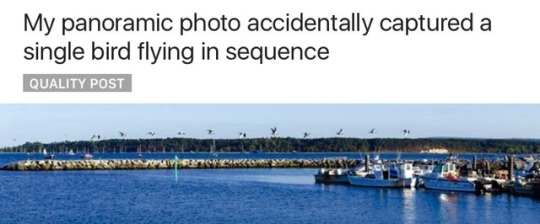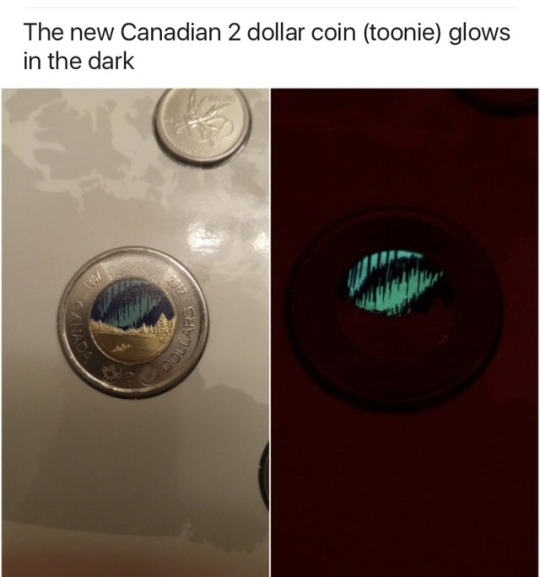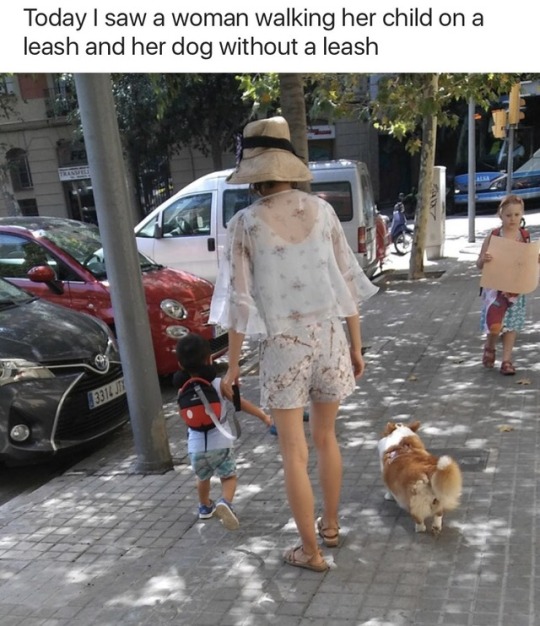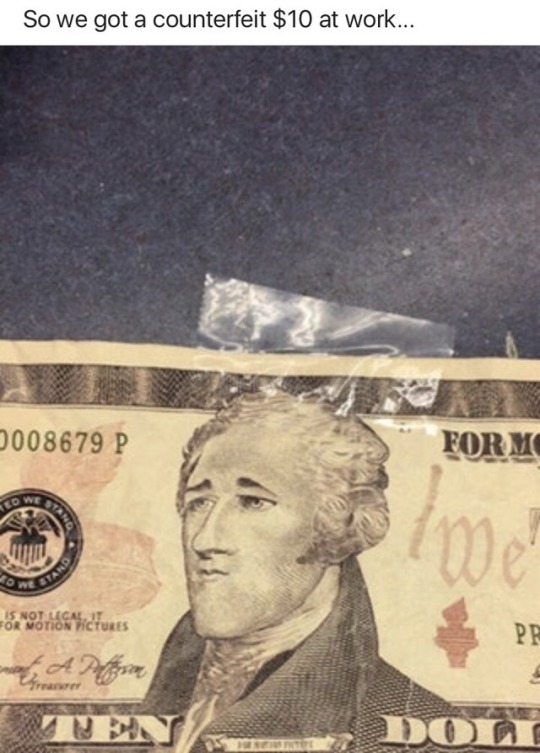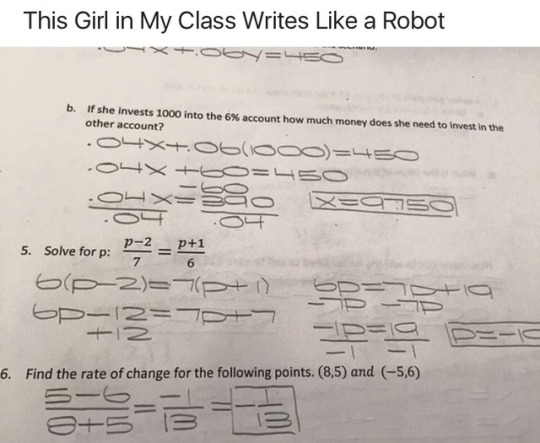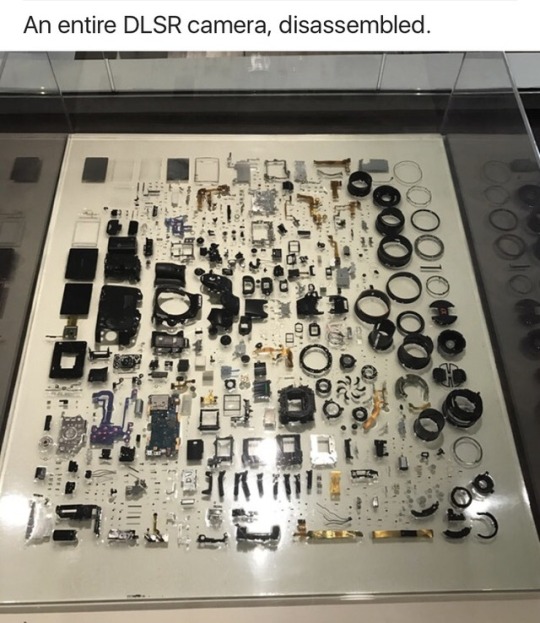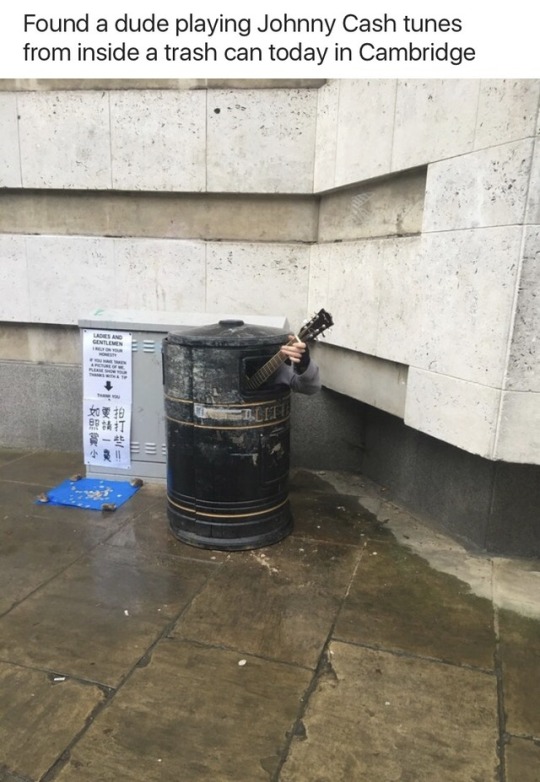Don't wanna be here? Send us removal request.
Text
Compression Aesthetics: Glitch From the Avant-Garde to Kanye West
This article provides an overview of the precursors to modern glitches. It is something that is more frequently being blended into mainstream media. The goal for glitch artists is to get rid of the “clean” and highly compressed visual data that make up computer culture. Before the release of Kanye’s Heartbreak music video, artists used glitch art to critique traditional media. As technology progressed over the years, the ability to manipulate it did as well. With the invention of photography, painters were able to explore new styles in which the camera could not achieve. This lead to Impressionism, Expressionism, Cubism and Futurism. Artists experimented with glitches in paintings and sculptures, which then moved to photography, film and sound art. However, these types of glitches are more successful when they don’t belong to a genre and are independent based on the work itself. In order for glitch artists to continue their success in social and political change, they constantly have to be aware of how media consumption is continuously changing as well. This article explores the works of prominent artists who impacted this style, such as Andy Kaufman and Nam June Paik. Glitch art relies on it’s ability to disorient things that are different from what people have already seen. Once a form of glitch art has been normalized in culture, it loses the effect it used to have on viewers. It remains a very powerful way to answer the demands on human consumption, however it is hard to keep up with the constantly transforming environment.
0 notes
Text
As Queer Listening: An Interview with Sergei Tcherepnin
In the interview between Charles Eppley and sound artist, Sergei Tcherepnin, we are exposed to the idea of queer sound as an art. At first, we are introduced to the difference between queer sound and queer listening. Listening refers to the subject while sound refers to the sound itself. Throughout the interview, Eppley poses long and thought out questions that were presented in a slightly condescending way, over-explaining them. He also discusses the impact of an LBGTQ advice hotline on his work. It is a very interesting approach because rather than responding to callers with boring traditional responses, he plays back sounds that help the callers come to their own conclusions about what to do. One of the major topics in Tcherepnin’s work is how he deals with the materiality and representational potential of sound. This work is the Subharmonic Lick Thicket. The piece was huge and took up a whole room. It featured tongues and their various sounds with the use of transducers. Tcherepnin encouraged the viewers to interact with the work by changing the shape of the mouth and tongue by bending the metal which essentially transformed the sound that passed through it. However, he was disappointed at how the visitors didn’t understand that interaction was not required. He wanted the sounds to come alive yet it didn’t go as planned. Some of the viewers even broke part of the exhibit to hear a louder sound. At first, he was upset about this but soon realized that he wanted people to interact with his work and that meant breaking it if need be. Tcherepnin’s work requires the patience and sensitivity to view and not many people can do that. It was very interesting to learn more about him and the type of work that he does. We are exposed to different types of art and just because some people may not understand it, doesn’t mean everyone else does.
0 notes
Text
BRING DA NOISE: A BRIEF SURVEY OF SOUND ART
In the article “Bring Da Noise: A Brief Survey of Sound Art”, Goldsmith discusses the idea of sound art history, emphasizing its use of traditional music methods and how it has become more popular in the U.S. in recent years. Sound art displays can be found almost everywhere such as at the Whitney, art galleries, and university sponsored exhibitions, etc. Many websites offer hours of free sound art and record stores have even joined in this movement as well. There are also many major artists such as James Joyce and George Antheil who each had an influence within this field. In the article, Goldsmith also discusses repetitious sound art and how it was created through technology and caused sound to be more like music than speech. The invention of the tape recorder played a huge role in the revolution of sound art. It provided artists with a new way of capturing and manipulating sound. This in a way allowed sound art to become more popular and easily accessible to people. It allowed for people to focus on sound and slow down time using sound in such a chaotic world. With the creation of “bootleg remixes”, it allowed mainstream pop culture music to break out which is now practiced today by top-charting artists such as Eminem and Kayne West. Later movements pushed the genre further as sound art transitioned from minimalist and experimental works to narrative and sequential presentation works. With the help of the internet, different styles of art can be found anywhere. Sound art history is very interesting and a lot can be learned from Goldsmith’s article. It encourages me to open my mind and ears to sound and understand the different aspects of it.
0 notes
Link
0 notes
Text
Practices of Looking
In “Practices of Looking” it gives us the idea that looking is a process which results in an interpretation of what we are seeing in daily life. Through representation, language and images are understood to construct and organize the meaning of the world around us. Every image has meaning and not everyone views them the same ways. Images also have two different meanings for how they are interpreted. One way to describe this is through an image’s denotation which refers to its literal meaning, compared to an image’s connotation that relies on the cultural and historical meaning. Ideology is another way in which an images ideas are spread. Propaganda plays a huge role in this since it acts on the population as a whole and tricks them into thinking otherwise. Political advertisement can carry different meanings for people at different times in life. Something that may have occurred in the past could not effect someone today as much. Photographs were a big debate as well since people thought of them as objective views compared to the subjective viewpoints humans have. Images carry value as well. The value can depend on a number of things such as ability to provide information, accessibility, specialness, etc. There are always a number of images that become icons in society and have great symbolic meaning which are universally understood. Images have infinite meanings which are understood through interpretation. By looking and engaging at images from all around the world, we gain the influence and meanings behind these images that fulfill our daily lives.
0 notes
Text
In “Ways of Seeing Instagram”, it is clear to see the correlation between art of the early 1600 and 1800s and art of today’s era, through social media. Art has been around for many centuries and has always been seen through physical pieces such as paintings and sculptures. Recently, art has taken a slight change of direction to adhere towards the advances made through technology such as social media, to be exact. Instagram and Tumblr play huge roles in the modern form of art since they allow anyone to create something and share it with the world, easier than ever. Social media is changing the way people view art which causes museums and galleries to become a thing of the past. Much of the artwork seen across social media has coincidently been replicated from earlier pieces of art, without anyone knowing of it. One of the main reasons for posting pictures in today’s world is to gain social status through competition. Everyone must beat the person they envy which causes a chain reaction of more and more extravagant posts. It is a struggle for many young people to choose between living how they are and how they want to be all because of the way the world is viewed through social media.
1 note
·
View note
Photo

- Alone, without anything else -
Vale do Lobo, Algarve, Portugal
by Pedro Gabriel
6K notes
·
View notes
